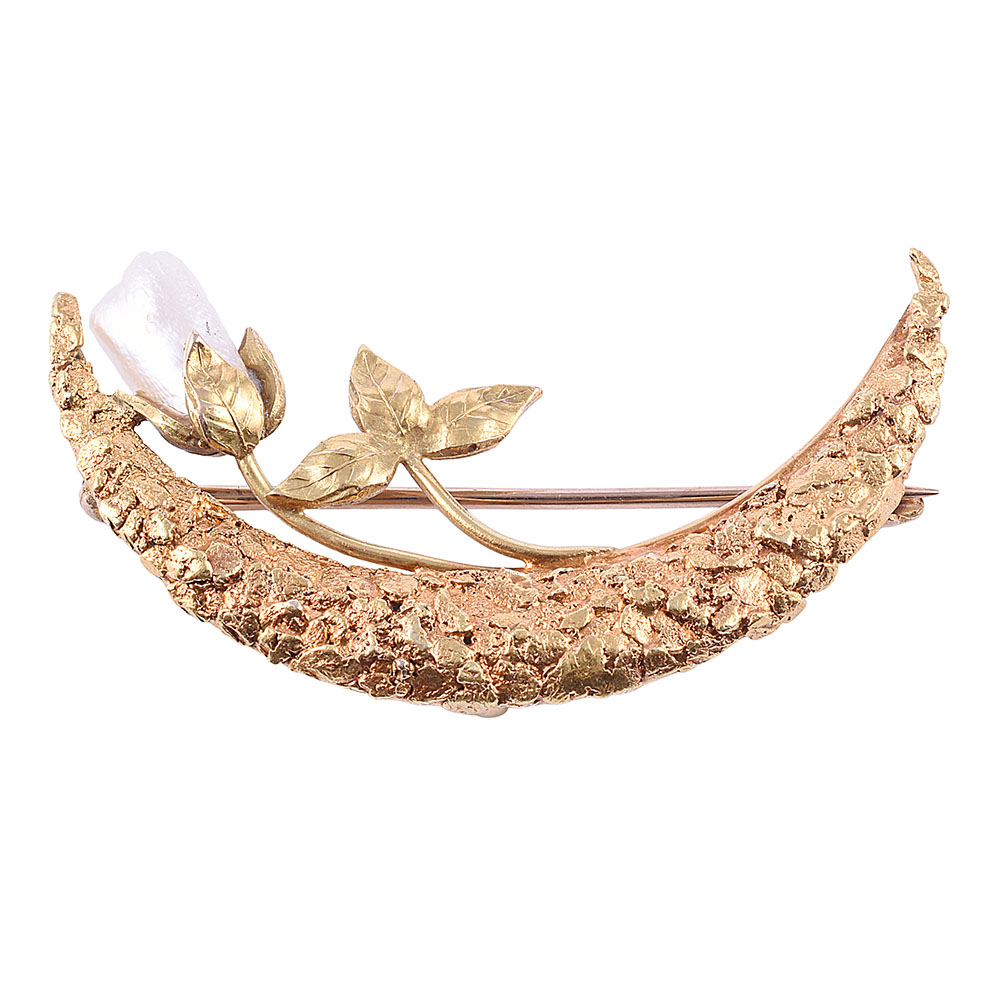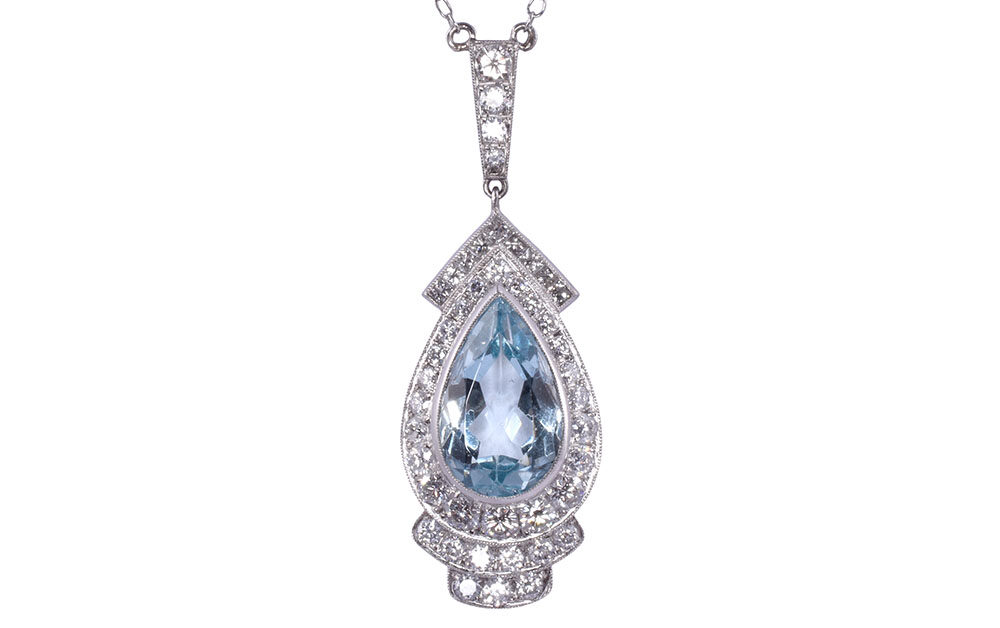The Process Behind a Bronze Sculpture: How It Is Made

When you gaze upon a bronze sculpture, it’s easy to marvel at the intricate details and beauty. Have you ever wondered about the process behind making a bronze sculpture? Read on to learn about this fascinating process!
What Is Bronze?
Bronze is a metal alloy with about 88 percent copper and 12 percent tin. You may find traces of other metals like zinc, manganese, or aluminum. Some bronze is actually made with zinc rather than tin! This metal is exceptionally durable; it can last for millennia without significant degradation. This long life is one of the reasons why it’s common in sculpture-making.
Starting With a Clay or Wax Sculpture
Bronze sculptures begin with an artist’s vision and a model of clay or wax. The artist will meticulously craft their sculpture to capture every detail. The model is the blueprint for the final piece.
Bronze Casting Methods
Now, the clay or wax sculpture must be cast in bronze. Artists use several methods to do this.
The first and most common method is the lost wax technique. The artist will coat a wax model of the sculpture in clay and heat it until the wax melts and drains away, leaving a hollow mold.
The second method is sand casting, where the artist forms a sand mold around the model. Then, they remove the pattern and pour molten bronze into the cavity.
The third method is ceramic shell casting. First, the artist dips a wax model into a ceramic slurry, which hardens to create a shell. Then, they fire it in a very hot oven, and the wax melts out, leaving a space to pour in molten bronze.
Chasing and Patina
After casting the bronze, it undergoes a process called chasing. It involves refining the surface of the sculpture, removing imperfections, and adding finishing touches.
When the artist first pours bronze into the mold, it expands and fills in the details of the mold. As it cools, it contracts and creates a sculpture that resembles the model. Chasing eliminates seams or bubbles on the bronze.
The final stage in the process is the application of the patina. This chemical solution reacts with the metal to create a thin layer of color on the surface that enhances the sculpture’s appearance.
How To Tell If a Bronze Sculpture Is an Antique
Molds are usually destroyed in the process of creating bronze sculptures. That doesn’t stop opportunists from trying to recreate antiques by copying them or making a new mold from them!
A careful examination of the patina, the detail, and even the base can reveal whether the sculpture is an antique or a copy. Ultimately, professional appraisal by an expert in antique fine art is the most reliable way to confirm if a bronze sculpture is a true antique.
Bronze sculpture-making involves a blend of artistic vision, intricate detailing, and time-honored techniques. Each bronze sculpture is a testament to the skill and dedication of the artist, as well as the enduring allure of this remarkable metal alloy.



